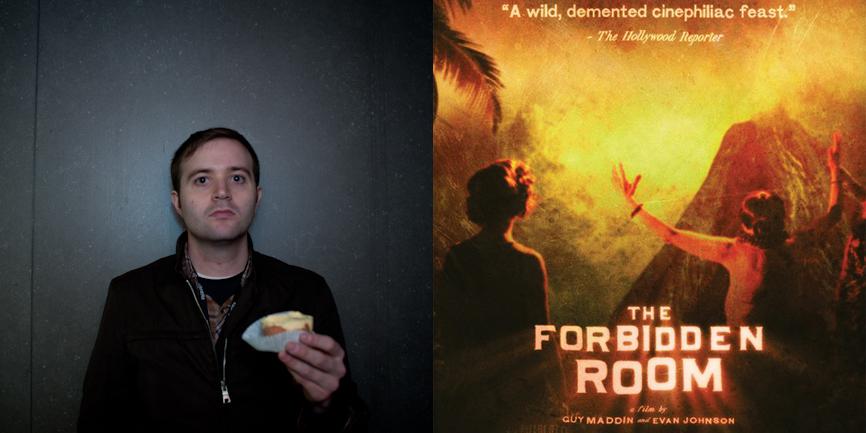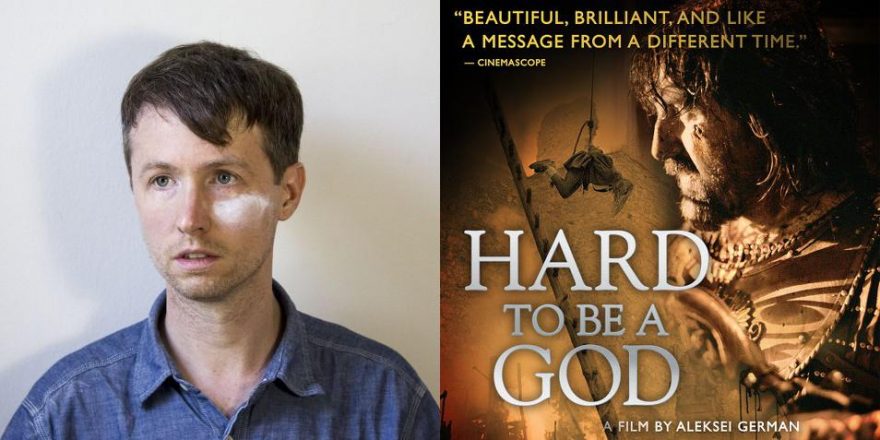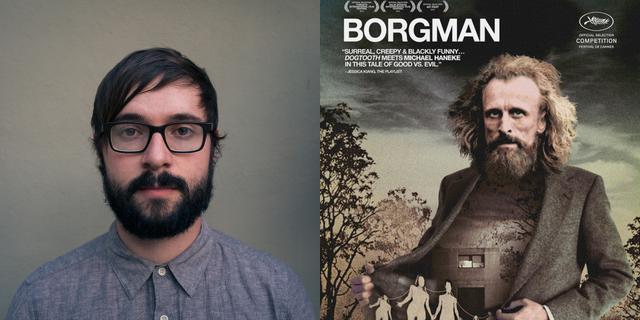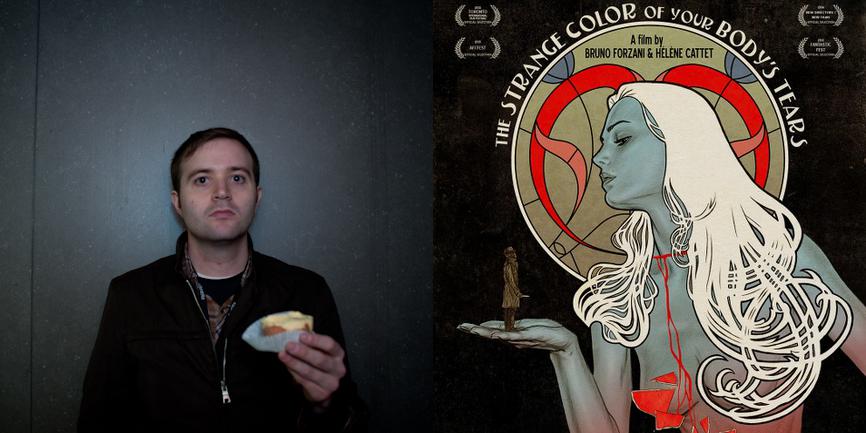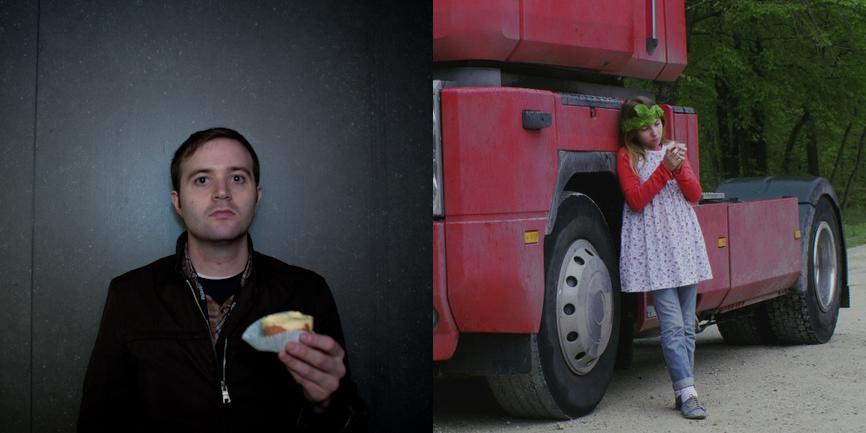On Sunday, September 20, I worried myself into a 101-degree fever. I had traveled from New York to northern Virginia to buy a used car that I ended up not buying, and on the bus ride back to the City I found myself clammy and shivering, seated next to a man who looked extremely comfortable in a pair of shorts, and who, I swear, after having addressed me as “bro” early in the trip, had a cell phone conversation in fluent Japanese. By the time we hit the City, I felt like Ratso Rizzo at the end of Midnight Cowboy, and after almost falling asleep in a cab I finally made it home and took my temperature. I’ve been a nervous wreck lately, deep in the throws of pre-pre-production on a new project. I haven’t been sleeping. I haven’t been spending time doing much of anything outside my apartment. The following week was a whirlwind of packing, insomnia and constantly moving numbers around in a budget spreadsheet. My health, like a motion picture production, has become a flighty, fickle thing, and while the term “fever dream” is a hackneyed cliché, it wouldn’t be an inaccurate way to describe the circumstances under which I watched Guy Maddin’s tactile, terrifying The Forbidden Room.
The Forbidden Room boasts a vast, star-studded cast including Udo Kier, Mathieu Amalric, Geraldine Chaplin and the spectral visage of Charlotte Rampling. Its plot is endlessly labyrinthine, constructed of stories within dreams within flashbacks, and it’s perhaps because of this that Maddin can sustain the breakneck energy of his short films across the length of a feature. Any attempt at summary would be futile. Maddin and co-director/visual effects supervisor Evan Johnson take the Canadian auteur terrible’s trademark pastiche of bygone cinematic subgenres and antiquated techniques, throw them into a blender, and hit “liquefy” for two hours. If previous Guy Maddin movies felt like long-lost, playfully perverse Scandinavian melodramas from the silent era, then The Forbidden Room feels like watching a long-lost, playfully perverse Scandinavian melodrama from the silent era in a theater that’s on fire while you’re on LSD. Behold! Maddin, Destroyer of All Things!
It’s kismet that Kier popped up in The Forbidden Room, as a few weeks prior I was randomly reminded of his Twitter account, which he signed up for at the end of August 2011 and only used once. “film should not be streamed on netflix,” he tweeted in all lowercase (He’s so German!), “envelop yourself in the darkness of the movie hall and submit to the artist’s vision.” In his long and varied career, Kier has appeared in the highest art films and the lowest of trash, and the list of cinematic titans he’s worked with is staggering, but it’s hard to imagine his solitary tweet applying to anyone more than it applies to Guy Maddin. O Wizard of the Movie Hall – I submit to thee!
The first Guy Maddin film I saw was his directorial debut, Tales from the Gimli Hospital, a staple of any decent video store’s Cult section. Teenage me enjoyed it enough but thought it was more or less Eraserhead Lite. I changed my tune when I saw Careful, his second feature. I was hooked. There still isn’t anything quite like it – a deeply subversive, completely insane, thoroughly inexplicit dive into pure camp that takes itself deeply, deeply seriously. It’s one of those works of art that breaks your heart a little because you know it’s singular, that its particular magic will never and can never be repeated. I’ll see anything Maddin does, but his post-‘90s output has often been varied and sometimes feels a little phoned in. Recently, he followed up one of his best shorts, the Flaming Creatures riff The Little White Cloud That Cried, with Keyhole, where for the first time he seemed to be all out of new ideas. It’s especially inspiring then, that his newest work is his best since Careful, full of ambition and oozing with style. Watching it, I realized that movies were invented so that Guy Maddin could make them. The Forbidden Room commands you to pay attention, assaults you into submission, and then doesn’t give a shit what you think. Hope and progress – Thy name is Maddin!
The night I watched The Forbidden Room, I had the following dream: My girlfriend and I owned a pet pygmy elephant. I was wrapped up in my usual chaos – packing, panicking, staying up all night. As I was getting ready to leave New York, she told me how sad the elephant was whenever I left, how much he would miss me, how lethargic he was without my companionship. Our elephant was named “Big Baby” and she would only refer to him by his full name. “Big Baby doesn’t like it when you leave. Big Baby gets lonely.” I awoke from the dream around 2:30 a.m., possibly because the anxiety of leaving my pet – surely some kind of stand-in for my actual pet, a fat orange kitty named Lux – was too much for my slumbering mind to bear. I looked at my sleeping girlfriend and realized that if I went back to sleep, I could lose the memory of the dream forever. I sat up in bed, repeating “Big Baby” over and over again inside my mind. I fell back asleep and had a subsequent dream in which I told my girlfriend about the first dream. “I know,” she replied. “In your sleep you kept repeating, ‘Big Baby… Big Baby… Big Baby…’” Mysteries of Night, Mysteries of the Mind!
I don’t know what either of those dreams mean, but I can’t help but think The Forbidden Room’s ever-spiraling mindfuck had something to do with them. Thank you, Guy Maddin, for making haunted, hilarious art that inspires me to dream, and for destroying everything in your path.



